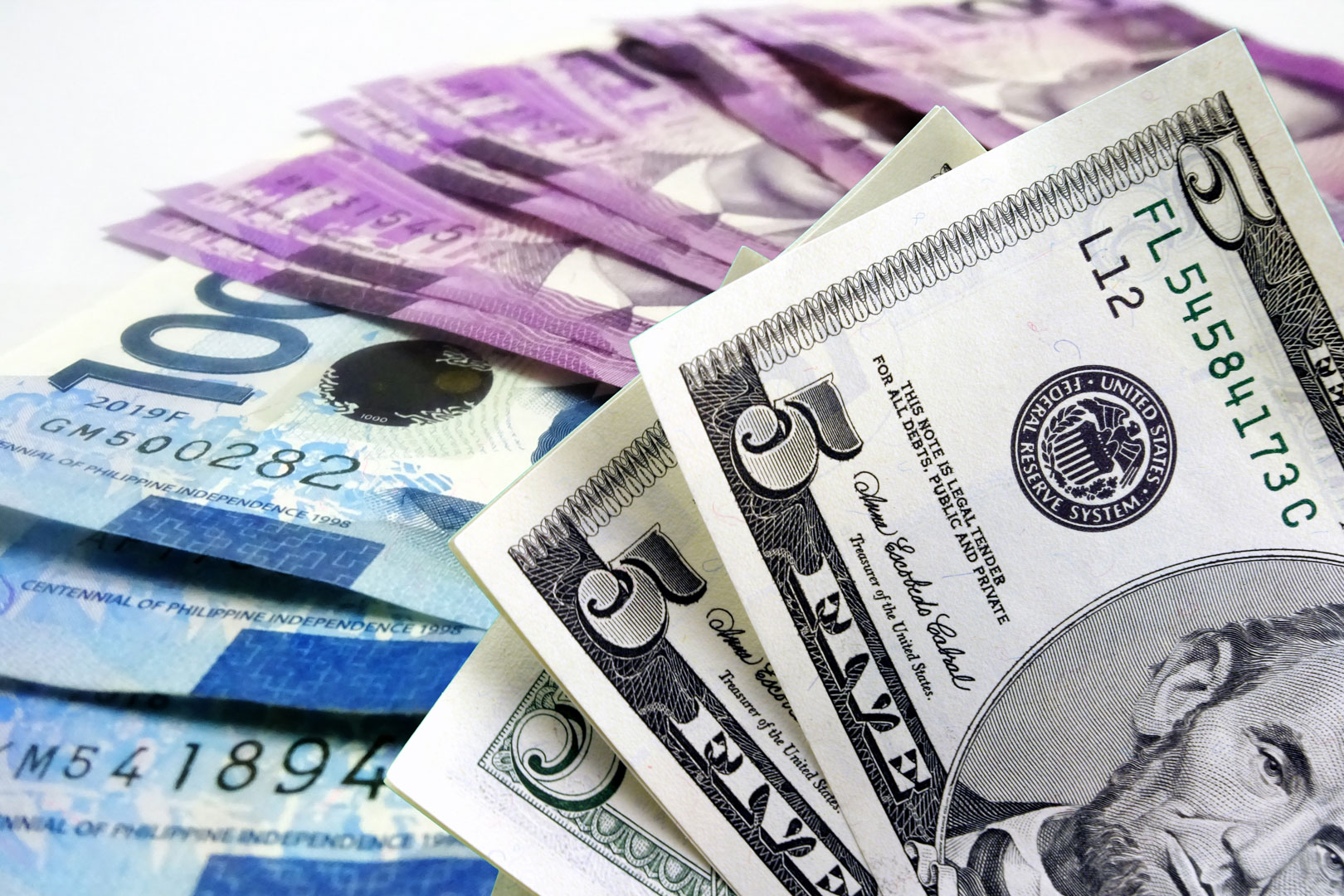PHL ends 2022 with P13.42-T debt

Luisa Maria Jacinta C. Jocson, Reporter
THE NATIONAL Government’s outstanding debt stood at P13.42 trillion at the end of 2022, easing from the previous month’s record high and helped in part by the peso appreciation against the US dollar, the Bureau of the Treasury (BTr) said on Thursday.
In a statement, the BTr said P13.42-trillion outstanding debt was lower by 1.7% or P225.31 billion than the record-high P13.64 trillion at end-November due to the peso’s strength and net redemption of local government securities.
This was also below the government’s P13.43-trillion program for the year.
Full-year debt increased by P1.69 trillion or 14.4% from P11.73 trillion at the end of 2021.
The BTr said the latest debt stock was 60.9% of the country’s gross domestic product (GDP) as of end-December, improving from the 63.7% debt-to-GDP ratio as of end-September.
This was lower than the 61.8% target under the medium-term fiscal framework, but still above the 60% threshold considered manageable by multilateral lenders for developing economies.
“This reflects the consistent drive to bolster debt sustainability through prudent cash and debt management backed by resurgent economic growth,” the BTr said.
The government aims to cut the debt-to-GDP ratio to less than 60% by 2025, and to 51.5% by 2028.
“Our medium-term fiscal plan and exemplary GDP growth have allowed us to outpace our borrowings. This gives us confidence that we can reach our targets by 2025,” Finance Secretary Benjamin E. Diokno said in a statement.
The Philippine economy expanded by 7.6% last year, surpassing the government’s 6.5-7.5% goal. It was also the fastest growth since 1976.
“Better-than-expected GDP for 2022 also pushed down the debt ratio. We think that as long as we have a credible fiscal program and GDP remains robust, the debt ratio will continue to slowly go down. this we mean being faithful to deficit targets,” China Banking Corp. Chief Economist Domini S. Velasquez said in a Viber message.
PESO APPRECIATION
Analysts said the stronger local currency against the US dollar had helped lower the debt level.
“We were expecting that the appreciation of the peso would really help toward the end of the year especially with outstanding debt,” Ruben Carlo O. Asuncion, chief economist at UnionBank of the Philippines, Inc. said in a Viber message.
At the end of 2022, 68.62% of the total outstanding debt was from domestic sources, while the rest came from foreign creditors.
Domestic debt slipped by 2.3% to P9.21 trillion as of end-December from the P9.43 trillion in November. Year on year, it was up by 12.7%.
“The lower level of domestic debt was due to the net redemption of government securities amounting to P217.95 billion,” the BTr said. “Moreover, local currency appreciation against the US dollar trimmed P1.63 billion from the peso value of foreign currency denominated domestic debt.”
As of end-December, the peso strengthened by 1.4% to P55.815 against the dollar from its close of P56.598 at the end of November, based on figures from the BTr.
The government prefers to borrow from local sources to mitigate foreign currency risk.
Meanwhile, foreign debt dipped by 0.1% to P4.21 trillion as of end-December, from P4.22 trillion in the previous month. Year on year, foreign debt jumped by 18.3%.
External debt consisted of P1.88 trillion in loans and P2.33 trillion in global bonds.
The BTr said foreign debt was lower than the end-November level due adjustments on foreign currency debt valuation.
“This offset the net impact of third-currency fluctuations against the US dollar amounting to P34.07 billion and the P18.54-billion net availment of foreign loans,” it added.
The government’s guaranteed obligations went up by 2.8% month on month to P399.05 billion. Year on year, it declined by 5.9%.
“For the month, the net availment of domestic guarantees added P26.19 billion while the net effect of currency fluctuations increased the value of external guarantees by P1.58 billion. This was tempered by net repayments on external guarantees amounting to P16.72 billion,” the BTr added.
Rizal Commercial Banking Corp. Chief Economist Michael L. Ricafort said the Philippines’ global bond issuance in January, which raised $3 billion (P162 billion), “could add to the National Government’s outstanding debt stock.”
Analysts said the government would need to prepare for the impact of a potential global recession on the economy.
“Global headwinds (are) expected to be more pronounced toward the middle of 2023, a stronger fiscal support may be needed and that may put pressure on higher fiscal requirements,” Mr. Asuncion said.
“The government would need to anticipate and be able to buffer the economy from external challenges and along the way secure economic growth for the year,” he added.
Ms. Velasquez said the government should raise revenues by implementing progressive taxation.
“Luxury taxes will help. We hope to see more initiatives in the next few years. Additionally, administrative efforts to improve tax collection should also increase tax efficiency,” she added.
Mr. Ricafort said tax and fiscal reform measures should raise revenue collections, and help further bring down the debt-to-GDP ratio.
“Faster economic growth, together with tax and other fiscal reform measures to further structurally increase tax revenue collections and combined with more disciplined spending would help further reduce the debt-to-GDP ratio to below the 60% international threshold to help sustain the country’s favorable credit ratings,” he said in a Viber message.

